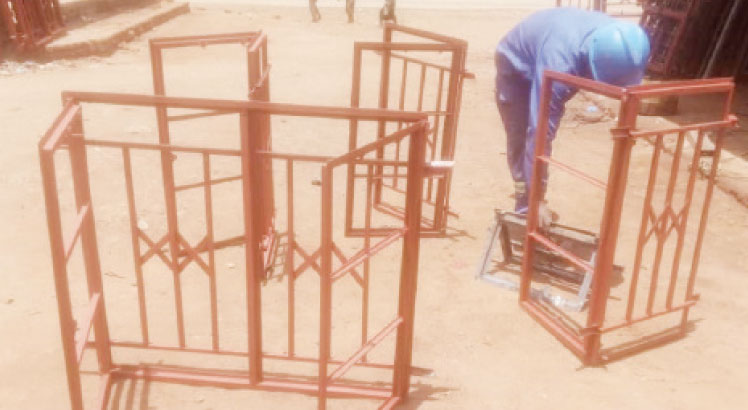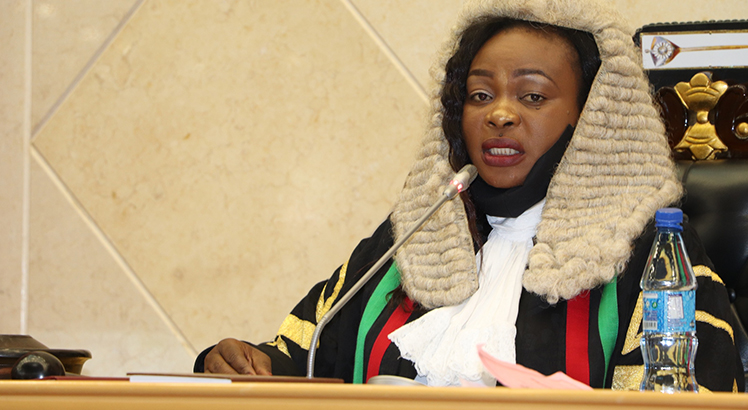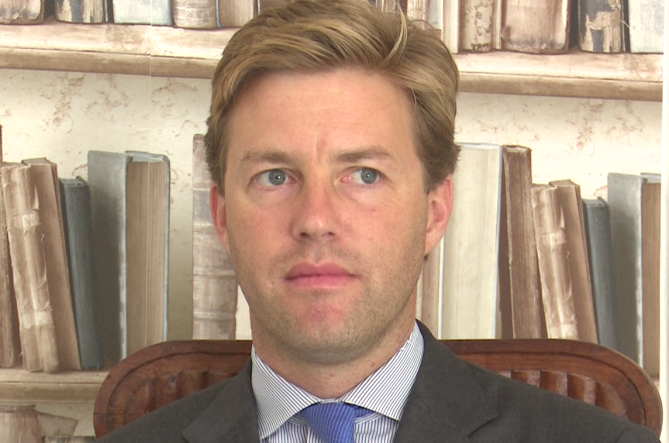Cost of borrowing hurting consumers
G
erald Banda got a two-year loan from a commercial bank in 2021 to boost his struggling welding business in Ndirande Township.
At the time, interest rates were at 12 percent, but with the high cost of borrowing, he struggled to service it
“I sold some of my property to quickly settle the K1.2 million loans. It was slowly getting expensive since interest rates sky-rocketed,” Banda says.
His only option was to sell more property before the interest rates escalated further.
He says: “It was easy when I started repaying the loan, but three months down the line, the story changed. My profits got swallowed in the bank since I was required to pay more than initially agreed.”
Banda has 15 employees. He sold his car among other property to offset the loan within14 months.

Mike Lemani, who works for an oil marketing company in Malawi, is facing a similar predicament.
He is struggling to service a loan he obtained to pay for his studies.
He says: “I obtained a bank loan last year before the devaluation to pay for my studies. My monthly expenses and deductions are higher and I am struggling.”
Lemani says he also has family obligations, such that he feels choked.
While saying banks are better than loan sharks, he rues his decision to borrow from the financial institution,.
This is how most Malawians have found themselves between a rock and a hard place as they fail to service loans due to rise in interest rates.
Since 2021, commercial banks have been raising their interest rates in response to Reserve Bank of Malawi (RBM)’s increase in policy rates.
RBM has been adjusting the policy rate as a result of inflationary pressures.
For instance, at the end of 2021, the policy rate was 12 percent while at the end of 2022, it stood at 18 percent.
At the end of 2023, it was at 24 percent. Two months into the current year, the policy rate has been adjusted to 26 percent.
On Thursday, commercial banks responded to the new policy rate by adjusting their interest rates to 24.9 percent.
Simply put, increasing the policy rate means the interest on borrowed money must also jump.
At 26 percent, Malawi is fourth among the top 10 countries with the highest interest rates and eighth globally, according to Business Insider Africa.
Its published data show that Zimbabwe has the highest interest rates at 130 percent followed by Ghana at 30 percent and Sudan at 27.3 percent.
Democratic Republic of Congo follows Malawi with 25 percent and, closing in, is Liberia at 20 percent, Egypt and Sierra Leone at 19.25 percent, Nigeria at 18.75 percent and Mozambique at 17.25 percent.
When a central bank increases the policy rate, the aim is to control inflation, but it results in the purchase of goods and services on credit becoming more expensive, aside from higher financing charges.
Chamber for Small and Medium Businesses Association executive secretary James Chiutsi said in an interview on Wednesday that in the past two years, small businesses, who mostly rely on bank loans, have failed to grow due to escalating interest rates.
He said many small businesses have been subjected to pay more for loans obtained from the small profits they have been making.
Chiutsi said: “Our members have gone through devastating times since Covid-19 and looking at how other natural factors have also come into play, it is obvious they needed time to recover.”
Market analyst Cosmas Chigwe on Thursday said: “We are likely to see an increase in non-performing loans in commercial banks. If one is borrowing at 35 percent, what kind of business would you own to achieve a return that covers this, plus some retained earnings?”
According to published financial results for commercial banks as of half year period ending June 30 2023, community and individual, manufacturing and agriculture sector loans are claiming the highest outstanding loans.
Wholesale and retail trade also reported outstanding bank loans.





